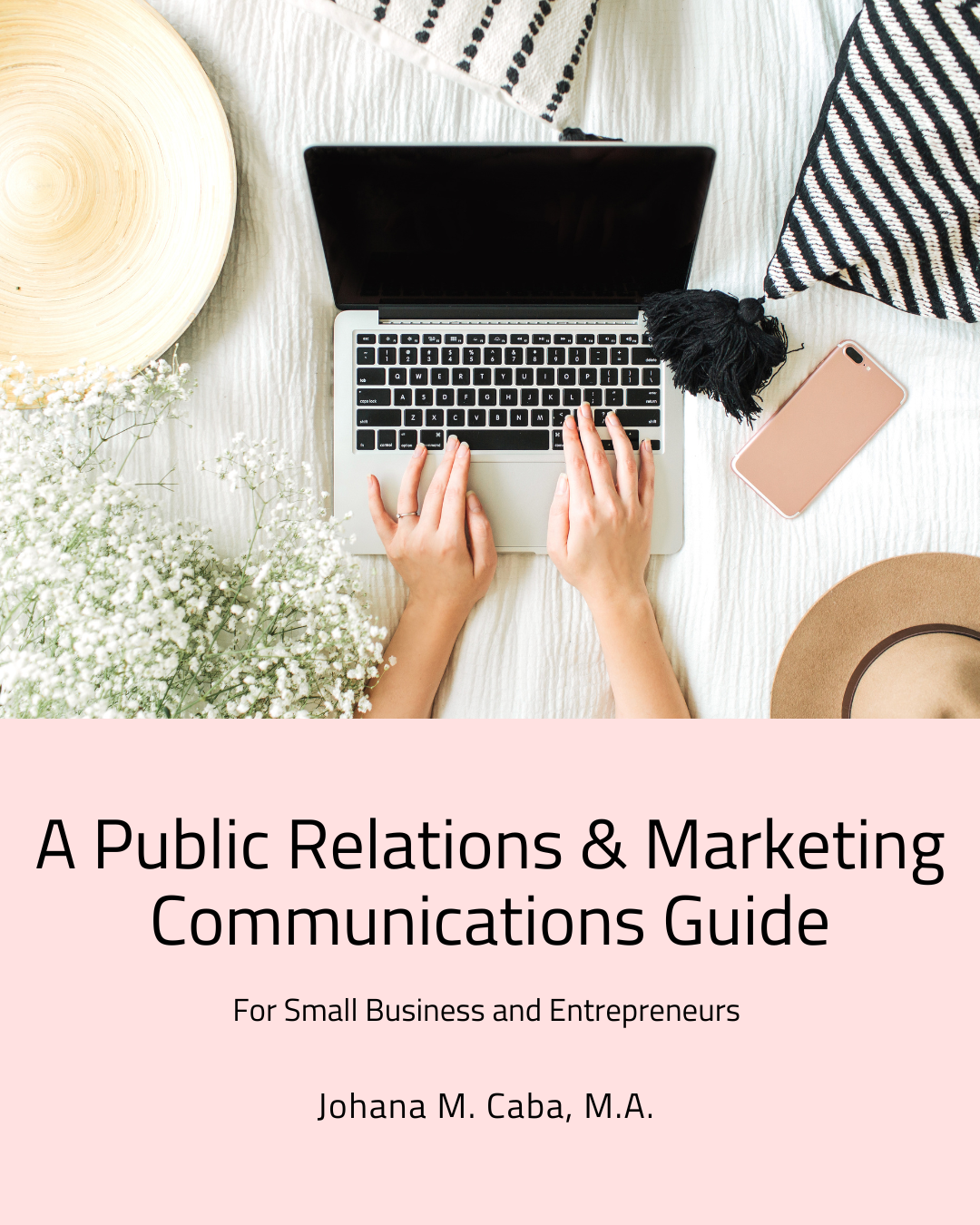|
By: Johana M. Caba, M.A.
Creating a strategic content marketing funnel is important in growing your business, getting leads and closing sales. An important aspect of content marketing is adding value. You can add value by creating content that serves a purpose, not just selling a product. Create content that entices people to spend more time on your website, whether that be reading a blog post or taking a look at your products. In this post, we will go over the content marketing funnel: Awareness, Interest, Desire, Action. Awareness/Attention Stage: In this stage of the content marketing funnel, you are trying to get your target audience to become aware about you and your services/products. This is the stage where you are attracting those target audience members that have a problem they need solved or a question they want answered. Typically, in this stage you aren't really getting their sole focus on what you do or what you stand for. In this stage, you are creating brand awareness by sharing content that adds value. You can share content that adds value by making sure it answers a question, helps to solve a problem or helps your potential customers/target audience in a way that adds value. This is the process of value creation. A good way here to get your content out to your target audience is by sharing your content on social media or any other owned media channels. For example, you can share posts on social media like Twitter, Facebook, Instagram and LinkedIn. You can also post articles you've written on LinkedIn or on your company blog. Another way to get your products or services out to more people is to have affiliates. For more information on affiliate marketing for small business, see my linked blog. These are great ways to increase the reach of your content, earn some engagement and shares, and bring awareness to your brand. Interest Stage: This is the second stage in the content marketing funnel. Here you are trying to earn the interest of your target audience. They have now heard about you and maybe have gone as far as researching your company or visiting your website. There is something that they need or want and this is why they have developed an interest in your brand. The key here is that you are trying to build a relationship with your potential customer. You have already added value to them which is why they have gone as far as visiting your website whether that be to view your products or to continue reading your blog post. For example, in this stage, you use your blog posts to spark a deeper interest to guide this lead further down the funnel. You can also use whitepapers, webinars, e-books, guides and email nurturing to continue guiding the lead further down the funnel. Desire Stage: The desire stage consists of your potential customer being aware of you and understanding that you have something that they want. In this stage, your potential customer is really considering purchasing your product or hiring your services. You can continue to attract them here by giving them an offer that they can't refuse. For example, think about free trials and free versions of software. We see companies like Canva all over the place, especially bloggers and content creators. We see reviews about them, people recommend them for our purposes through word-of-mouth and we become aware of the brand. Then, we become interested because we are seeing what others are doing with the platform and we want to try it ourselves. So, Canva offers a Free version which we try. We really like the free version, but we want to have access to the cool features on the Pro (paid) version like the background remover, more stock photos and stickers. Now our awareness and interest has turned into desire, and we have finally moved down the funnel to the final step: Action. Action Stage: The action stage is where your customer makes that final decision to purchase, subscribe or hire. This is where you have successfully turned your lead into a paying customer, you have closed the sale! Some tips here to get them to take that action step, to hit that call-to-action button, include: Offering a Free guide for their subscription, offering a free social media audit before they hire you for your social media marketing service, offering that free trial that turns into a paid account, or offering a free gift with the purchase of a product on your website. Conclusion: To conclude, the content marketing funnel is a four stage process. In some cases, you might see a different marketing funnel consisting of three stages. They are essentially the same funnel. The four stages we discussed are Awareness, Interest, Desire and Action. The three stages of the marketing funnel are Attract, Engage and Delight. Or, you might see some other depictions of the marketing funnel with different names. They are all essentially the same. The point is that you have to create brand awareness, add value, interest your potential customers and guide them towards the action stage where they purchase, subscribe or hire.
16 Comments
By: Johana M. Caba, M.A.
Content Marketing involves the process of creating and sharing online materials that are intended to stimulate the interest of the your audience in the products, services or information you are sharing. A huge part of content marketing is having an effective content strategy. This is the unique part of the overall marketing puzzle in which you demonstrate to your audience who you are, what you do, what you stand for and how you support your community. A content strategy refers to the planning, development and management of content that you have created for your business. The key to any winning content strategy is PLANNING. You need to write down what you plan to do, define your goals, research the market and create a timeline that will ensure that you stay on track! For more information on creating a WINNING CONTENT STRATEGY visit our "Create a Winning Content Strategy for 2020" blog.
Below are our 6 tips for your small business content marketing needs! And, if you find this helpful, share our Content Marketing for Small Business infographic with others in your Small Business Community.
By: Johana M. Caba
A new year and a new decade! So, what does that mean for your content strategy? First, let’s back up and reintegrate ourselves into the basics of a content strategy. Content typically refers to any written or graphic piece of media created and owned by your organization. This part of your integrated marketing communication plan is the unique piece of media that demonstrates to the public who you are, what you stand for and how you support your community. A content strategy refers to the planning, development and management of the unique content that you have created for your organization or client. Content creation is a piece of the content strategy that is integral to your success, particularly your success on social media. Creating engaging content helps your business grow and keeps consumers engaged. Still, there are things that you need to keep in mind to create good content. Among these things are your audience, your story, the platforms you will use and the management of your content strategy. For more information about the content creation process take a look at our article “What is a content strategy?” on the JM Blog. In order to create a winning strategy for this new year, you need to ensure that you know the who, what, where, when and why of your overall story and purpose of your campaign. You must determine your target audience, what you are trying to convey to them, where they spend most of their time online, when they are active online and why your content is important to them. After you have figured this out through some market research, analysis of competitors and analysis of past campaigns, it is time to sit down and brainstorm. First, take a look at what you have done previously that has been successful and pay close attention to the failures. The failures will help you understand in what areas you can improve and the types of content that work best for the industry. When analyzing, it is also important to look at the competition and what they are doing to reach the target audience. Now that you have a better understanding of what content works best for your industry, take the time to brainstorm ideas with your colleagues. Create an editorial calendar with a plan for what days to post content and what type of content to create. For example, you can post original blogs on a certain day of the week with the topics selected a month or more in advance. By planning the topics in advance, it gives you time to write the content, proofread it, edit, proofread a second time, edit one more time and share the final version. Some types of content that you can create include blogs, infographics, videos, podcasts, white papers, social media graphics and ebooks. The key to creating a winning content strategy for 2020 is planning. You need to write down what you plan to do, define your goals, research the market and create a timeline that will ensure you stay on track. The timeline will be based on your goals and your research. Furthermore, the timeline will serve as the editorial calendar that you will use as reference for your content development process. By planning a month or more in advance the topics that you will cover and the type of content that you will create, the development process will be smoother and more clear for you and your colleagues. The management phase of your strategy will involve scheduling your content to publish and post on social media. In addition, the management phase will involve monitoring comments, shares and likes. This is also an important indicator for you to see how well content is performing and guide your planning process for the rest of the year.
By: Johana M. Caba
In the world of social media, we often hear the word “content” being used when discussing social media strategy. Content is typically referring to any written or graphic piece of media created and owned by your organization. This part of your integrated marketing communication plan is the unique piece of media that demonstrates to the public who you are, what you stand for and how you support your community. Content creation is a piece of the content strategy that is integral to your success, particularly your success on social media. Creating engaging content helps your business grow and keeps consumers engaged. Still, there are things that you need to keep in mind to create good content. Among these things are your audience, your story, the platforms you will use and the management of your content strategy. Your audience is an important part of your content strategy puzzle. You need to keep in mind who they are and what they want. In addition, you need to create content that not only fits with your target audience, but content that is easy to share online in order to broaden the reach of it through shares and likes. Another thing to keep in mind with your audience is the problem that they want to solve. Why are they searching for your industry? Why would your company be the right fit for their needs? These questions can help you create content that can appeal to potential customers that don’t know what their problem is and for customers that know their problem and are currently looking for a solution. Your story is the part of the puzzle that makes you unique and helps your organization stand out from the crowd. What is it that you do that makes you special? Is it the way you solve the problem or is it the friendly demeanor of your employees? Or, maybe it’s your personal background? Did you have the same problem in the past and couldn’t find the solution that met your needs? These are great questions to ask yourself when crafting the story of your business. Emotional appeal is an essential part of your story. This type of appeal is important because it resonates with your potential consumers. Content that tells your story and appeals to emotion helps you identify with your target audience and helps you stay in their minds long after they have seen your content. The social media platforms that you will use for your business are important. As a business, you don’t have to be on every platform. For this reason, it’s important to identify which platforms fit your business the most and which ones will help you reach your target audience. Instagram is great for visuals. This is a platform you can use if you have content that is visually engaging. Twitter is great to use because it is a public platform, meaning that everyone can see what you tweet even if they don’t have twitter themselves. Facebook pages are also great for businesses because they help your target audience discover you. They have flexibility with visual posts and posts that you need to read rather than see. Pinterest is another great platform especially if you are selling products. Take a look at our other article on The Best Social Media Platforms to use for Every Business. Managing your content strategy is an essential part of the whole process. After creating the right content for your business, you need to share it. This is where a social media or content manager comes in to schedule posts to be shared at the most engaging times for your industry. There are specific times on each platform to increase reach, visibility and overall business growth. For these reasons, it’s important to have someone that knows the industry and knows social media to help you use your content in a way that effectively helps you grow your business. |
Categories
All
Disclaimer: We are a participant in the Amazon Services LLC Associates Program, Adobe Affiliate Program, and in the Canva Affiliate Program, these are affiliate advertising programs designed to provide a means for us to earn fees by linking to Amazon.com, Canva.com and affiliated sites. Privacy Policy |
Proudly powered by Weebly

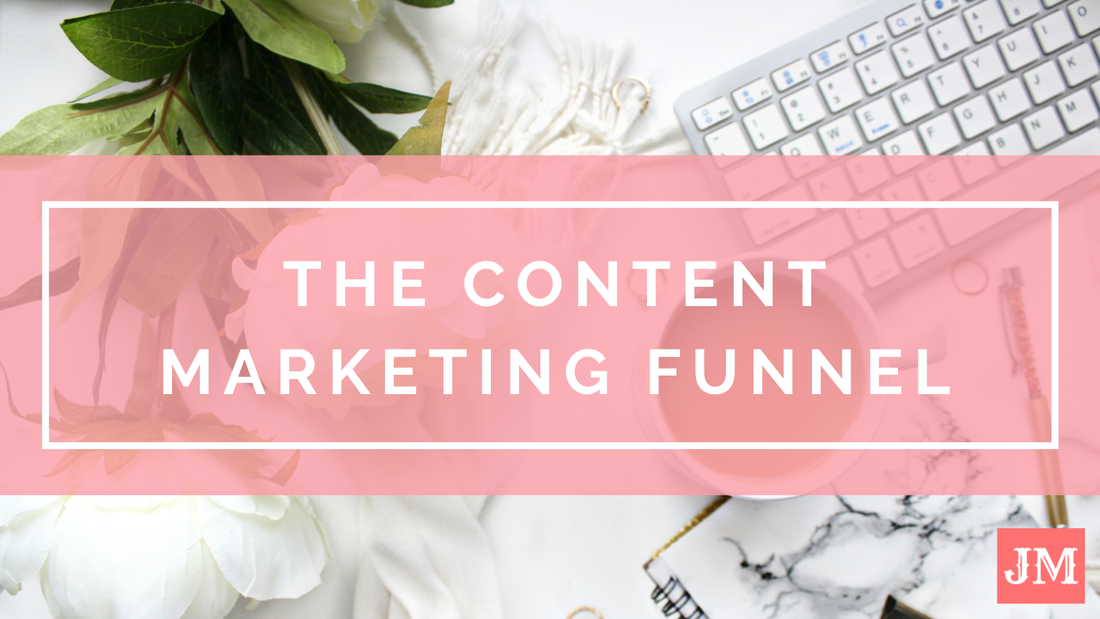
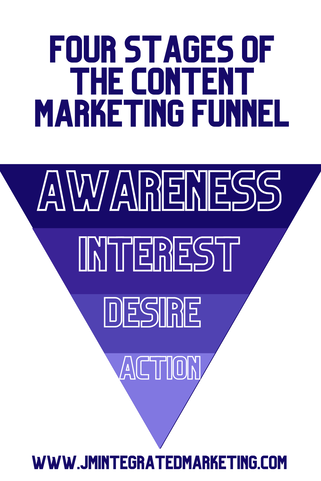

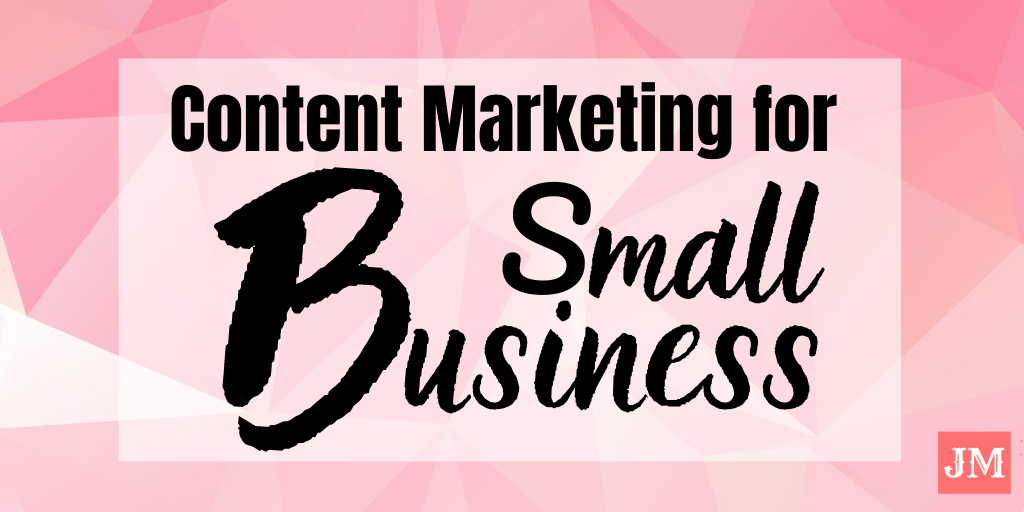
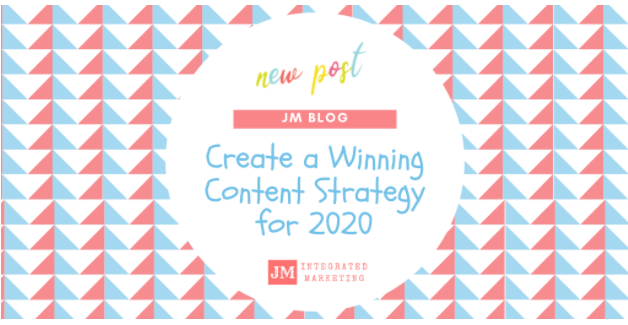
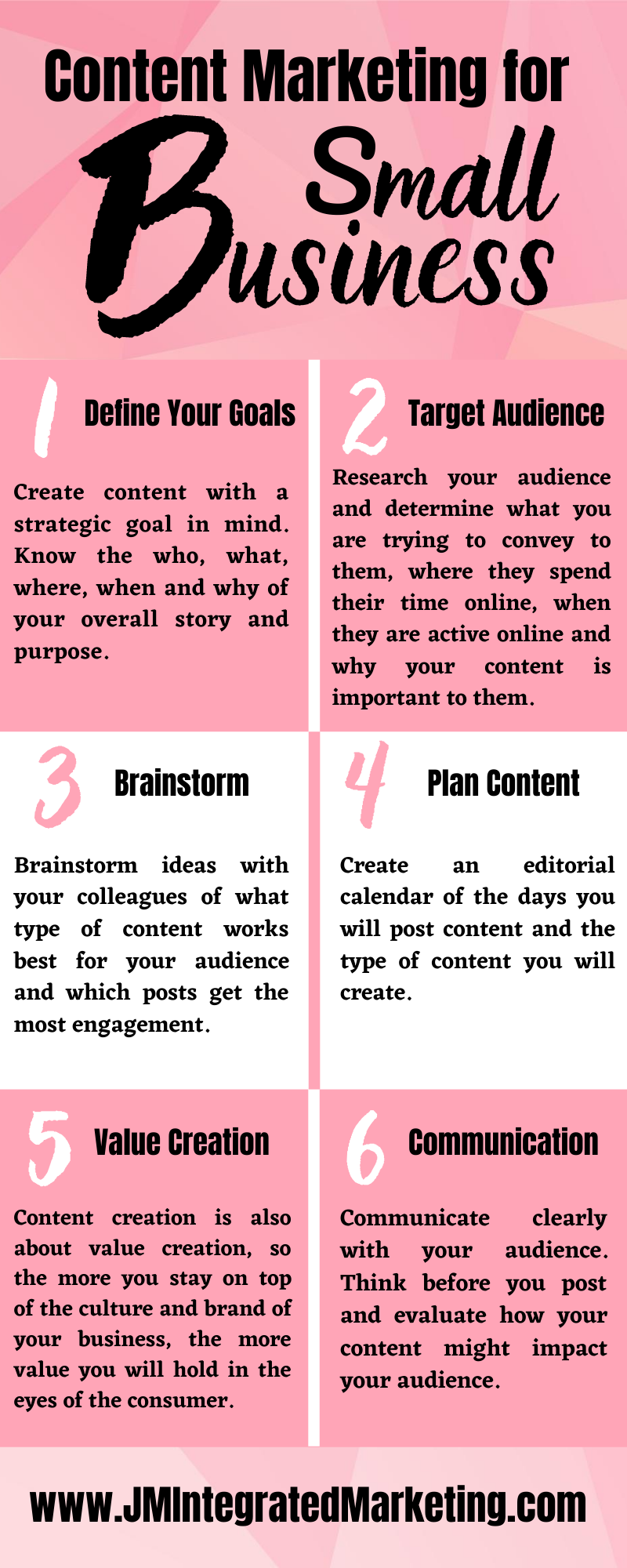
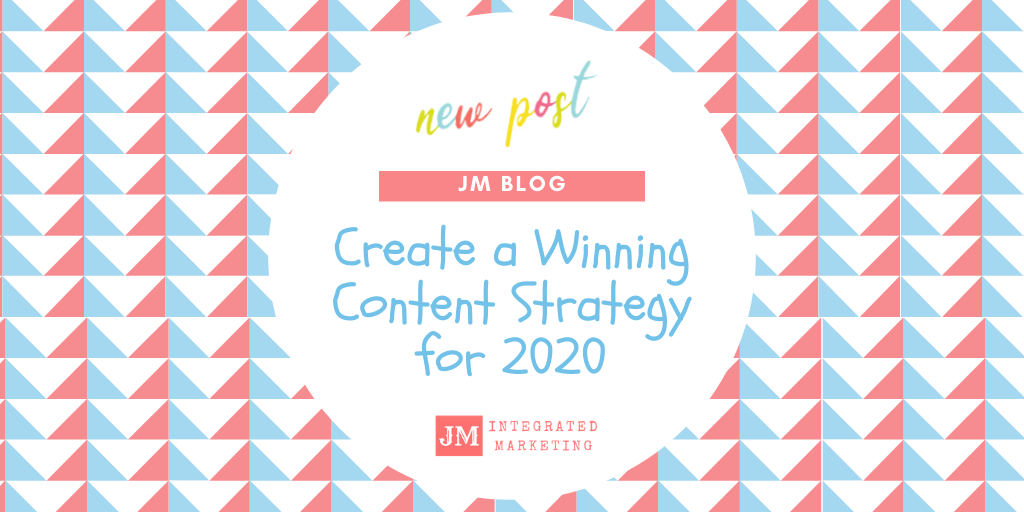
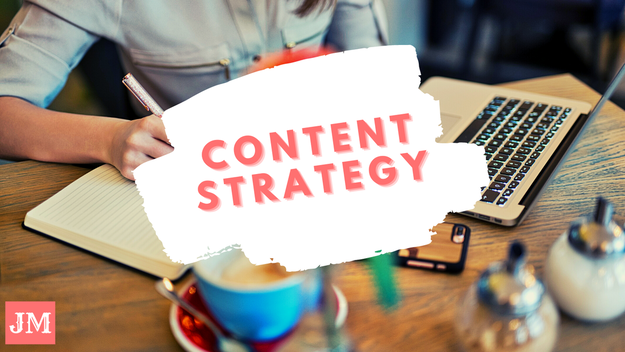
 RSS Feed
RSS Feed
